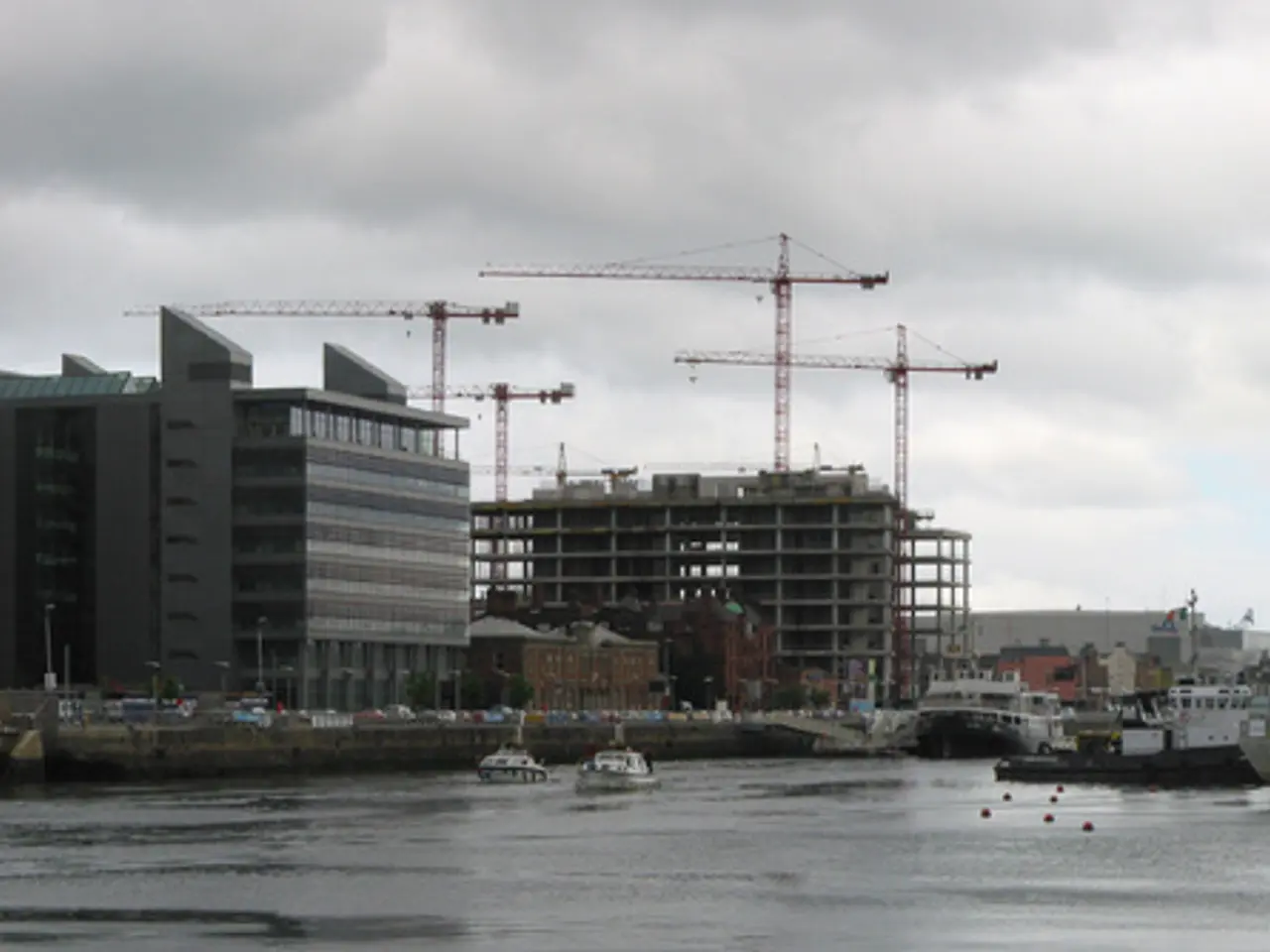Steps forward in nature conservation outlined in the Bill, yet it falls short of the comprehensive measures needed for a significant improvement
The Planning and Infrastructure Bill, currently under review, has sparked concerns among environmental organisations and conservation groups. Critics argue that the bill, as it stands, could potentially weaken safeguards for species and habitats, including Sites of Special Scientific Interest (SSSIs), Special Areas of Conservation, and irreplaceable habitats like ancient woodlands and lowland fens.
One of the contentious issues is the inclusion of a viability clause that could allow developers to argue against paying for environmental harm remediation costs. The bill also lacks specific provisions for addressing unmitigated environmental damage and specifying who would pay for it in situations where the viability clause is invoked.
Another concern revolves around the bill's Environmental Delivery Plans (EDPs), which could permit development on protected sites under the broad discretion of the Secretary of State, with insufficient parliamentary oversight. This, critics say, threatens the integrity of protected networks. Protection for irreplaceable habitats is implicit rather than explicit, which is inadequate since current protections under the National Planning Policy Framework can be easily changed by the government, leaving these critical habitats vulnerable.
Regarding the mitigation hierarchy—which requires harm to biodiversity be avoided first, then minimized, and only as a last resort compensated through measures such as biodiversity net gain (BNG)—there is concern that many developers may opt for easy financial offsets rather than genuinely avoiding or minimizing harm. Partial exemptions proposed in some cases undermine this principle by shifting the burden away from developers and normalizing biodiversity loss.
To address these concerns, environmental organisations are urging the Government to make several key improvements. They suggest explicitly safeguarding irreplaceable habitats within the Bill to prevent their loss and avoid relying on amenable policies. Strengthening the mitigation hierarchy by requiring developers to demonstrate harm avoidance and minimization before allowing compensation or offsite biodiversity net gain, without exemptions, would better align with sustainable development and environmental management principles.
Upholding the polluter pays principle requires holding developers financially and legally accountable for the environmental damage they cause, avoiding loopholes that allow harm without adequate compensation or restoration. Nature markets and credit schemes can provide supplementary funding for conservation but only if governed by strong standards and transparency to ensure lasting ecological benefits rather than short-term or superficial gains.
In summary, the Government should explicitly enshrine legal protections for irreplaceable habitats within the Bill, strengthen the mitigation hierarchy, ensure transparent, enforceable accountability mechanisms, maintain parliamentary scrutiny and independent oversight over Environmental Delivery Plans, and uphold the polluter pays principle.
While the Government has tabled amendments to the Planning and Infrastructure Bill to introduce safeguards for nature, these amendments are not seen as going far enough to prevent biodiversity loss or fully protect species. Continuous scrutiny and engagement from environmental bodies and Parliament will be essential to secure stronger, more effective safeguards in the final legislation.
As the bill continues its journey through the House of Lords, efforts to push for changes and improvements to the bill for nature will continue. Rupert Masefield, Planning and Advocacy Manager at Suffolk Wildlife Trust, emphasizes the need for the Government to make essential changes to the bill for nature. The Government needs to uphold the polluter pays principle, safeguard irreplaceable habitats, make essential changes and improvements to the bill for nature, and explicitly support the mitigation hierarchy in the bill.
- The environmental organizations and conservation groups have expressed concerns that the proposed changes in the Policy-and-Legislation, specifically the Planning-and-Infrastructure Bill, could potentially weaken safeguards for environmental science, such as Sites-of-Special-Scientific-Interest, Special-Areas-of-Conservation, and irreplaceable habitats like ancient woodlands and lowland fens.
- To prevent biodiversity loss and ensure that the Environmental policy and legislation align with the principles of environmental management, the Government is urged to make key improvements including explicitly safeguarding irreplaceable habitats, upholding the polluter pays principle, strengthening the mitigation hierarchy, and maintaining parliamentary scrutiny and independent oversight over Environmental Delivery Plans.







